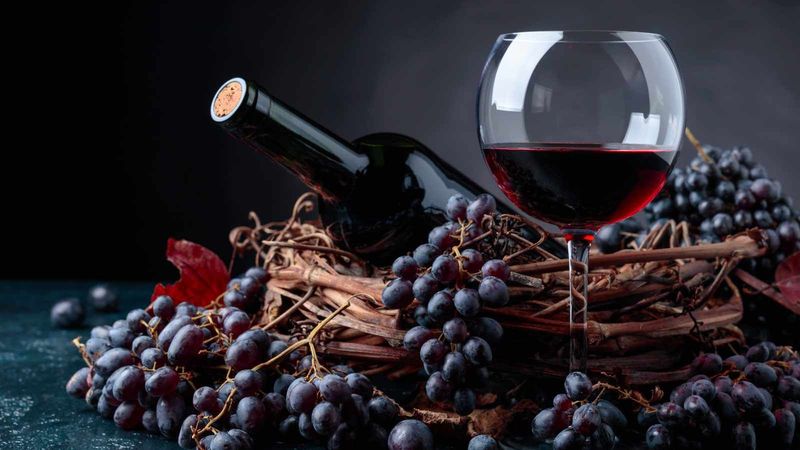10 Weird Things You Never Knew About Wine
Wine, a sophisticated blend of culture and history, has been a companion of civilization for thousands of years. With each bottle telling a unique story of its birthplace and the meticulous craft of its creation, wine enthralls us with its rich flavors and peculiarities surrounding its existence.
Here, we delve into intriguing, lesser-known facts about wine that may surprise even the most seasoned connoisseurs. Prepare to uncork these fascinating insights in your next wine-tasting conversation.
Yeasty Sediments

You may encounter a sediment layer at the bottom when decanting a bottle of red wine. This sediment comprises organic particles like yeast and tannins from aging that sink to the bottle’s base over time. This sign of well-aged wine is generally harmless and tasteless; however, some find them distasteful when mixed with the rest of the wine.
Wine Flu

The day after indulging in a night of excessive drinking, you might experience a flu-like symptom known as the “wine flu” or “wine hangover,” an unpleasant sensation caused by dehydration and the elevated sulfite levels in wine. To enhance your drinking experience and minimize the post-drinking blues, opt for dry reds and whites, and remember to stay hydrated by drinking plenty of water.
Oenophobia

Believe it or not, some people have an extreme fear of wine, known as oenophobia. Symptoms may include anxiety and panic when near alcohol or the smell of wine and even avoidance of social settings where drinking occurs. This phobia is rooted in a traumatic experience associated with alcoholism in the family or adverse personal experiences related to drinking.
Skin Benefits

Did you know that wine can be beneficial to your skin? Wine is rich in polyphenols, antioxidants that fight free radicals and prevent cell damage. These polyphenols contain anti-aging properties, which reduce wrinkles and blemishes, and improve skin health.
Unusual Grapes

Although people think of traditional grapes like Cabernet Sauvignon and Merlot when it comes to wine, some varieties may surprise you. For instance, the Heida variety grown in Valais, Switzerland, has curry notes; Torrontés from Argentina, which suggests hints of roses; and Dolcetto from the Piedmont region in Italy, with its hint of honey.
The Bubble Effect

Have you ever noticed the bubble-like effect of a glass of sparkling wine? This phenomenon, known as the “Mousse effect,” is created by tiny bubbles that form due to carbon dioxide. These bubbles adhere to the surface of the glass and are released as they come into contact with a warmer environment.
Ancient Origins

The art of winemaking can be traced back thousands of years ago to the Eastern Mediterranean region. In ancient times, civilizations like Assyria and Egypt cherished wine for its medicinal properties. They incorporated it into their religious ceremonies and joyous social gatherings.
Health Benefits

Some of its antioxidants reduce inflammation and cholesterol levels and even promote better heart health. However, the benefits are not significant enough to counterbalance any potential risks associated with alcohol consumption.
Wine-Naming Law

In France, there exists a law dictating how wines should be named. This “Appellation d’origine contrôlée” (AOC) law classifies wines by their origin and other quality criteria. The AOC allows you to identify a genuine bottle of French wine among the many varieties available on the market.
Fake Wine

Beware of fake wines! Counterfeiters have exploited unsuspecting customers for centuries by passing off cheap imitations as more expensive labels or selling low-quality wines with counterfeit labels. Always check for signs of authenticity and purchase from reputable sellers to ensure you’re buying the real deal.
